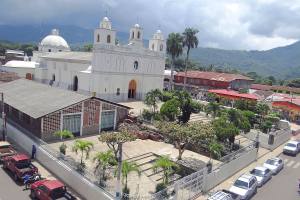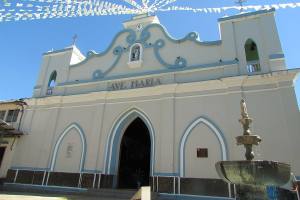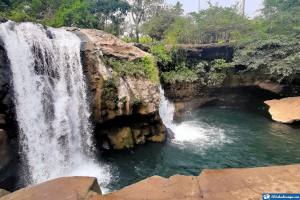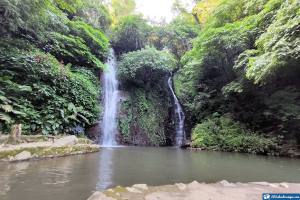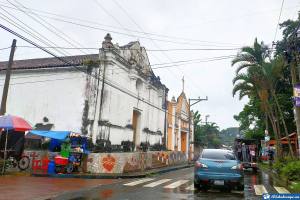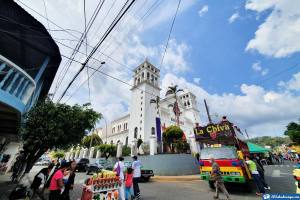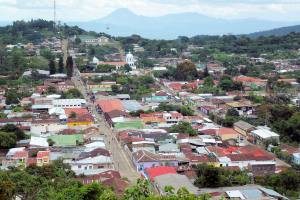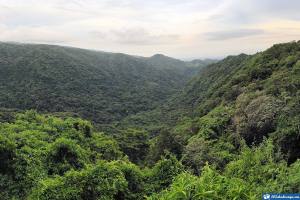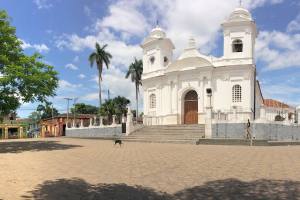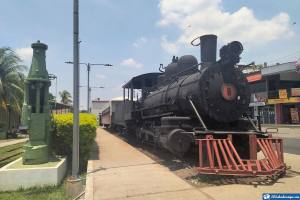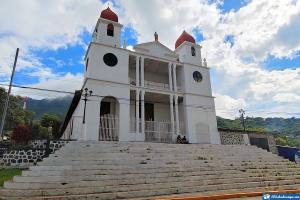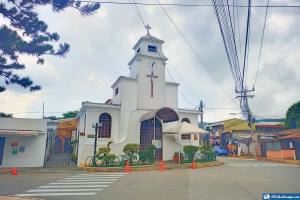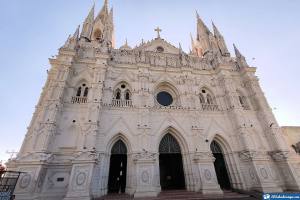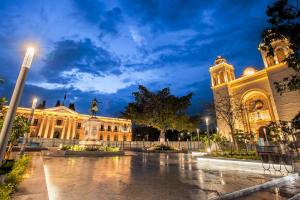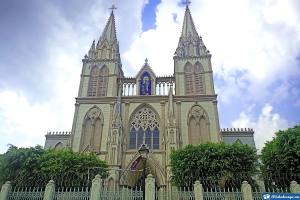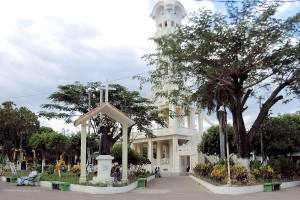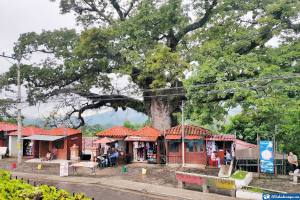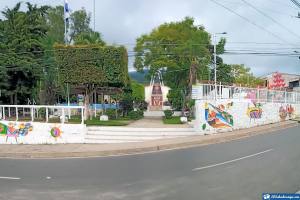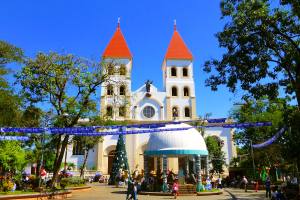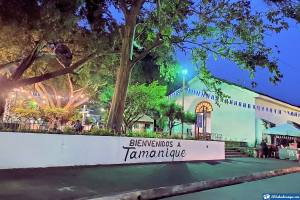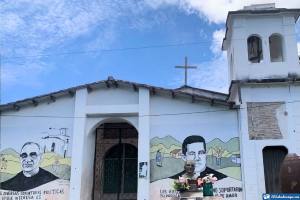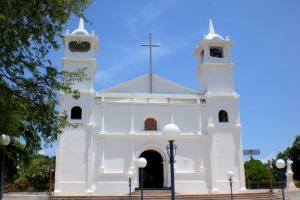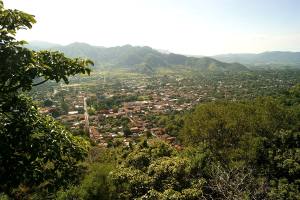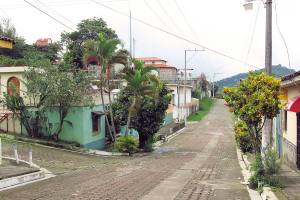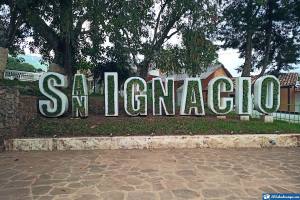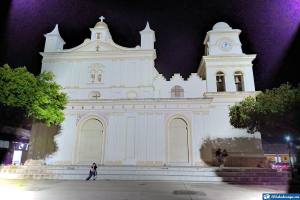Ahuachapán is a city with incredible natural beauty that, in the eyes of tourists, translates into a captivating experience. Its climate varies according to the area, altitude, and soil conditions.
For example, to the north, the climate is tropical. To the west, the warmth of the environment stands out because it is where the plains are located. To the south, we find the mountains and fertile lands where coffee is grown. Here the climate is cold and optimal for cultivating this and other agricultural products.
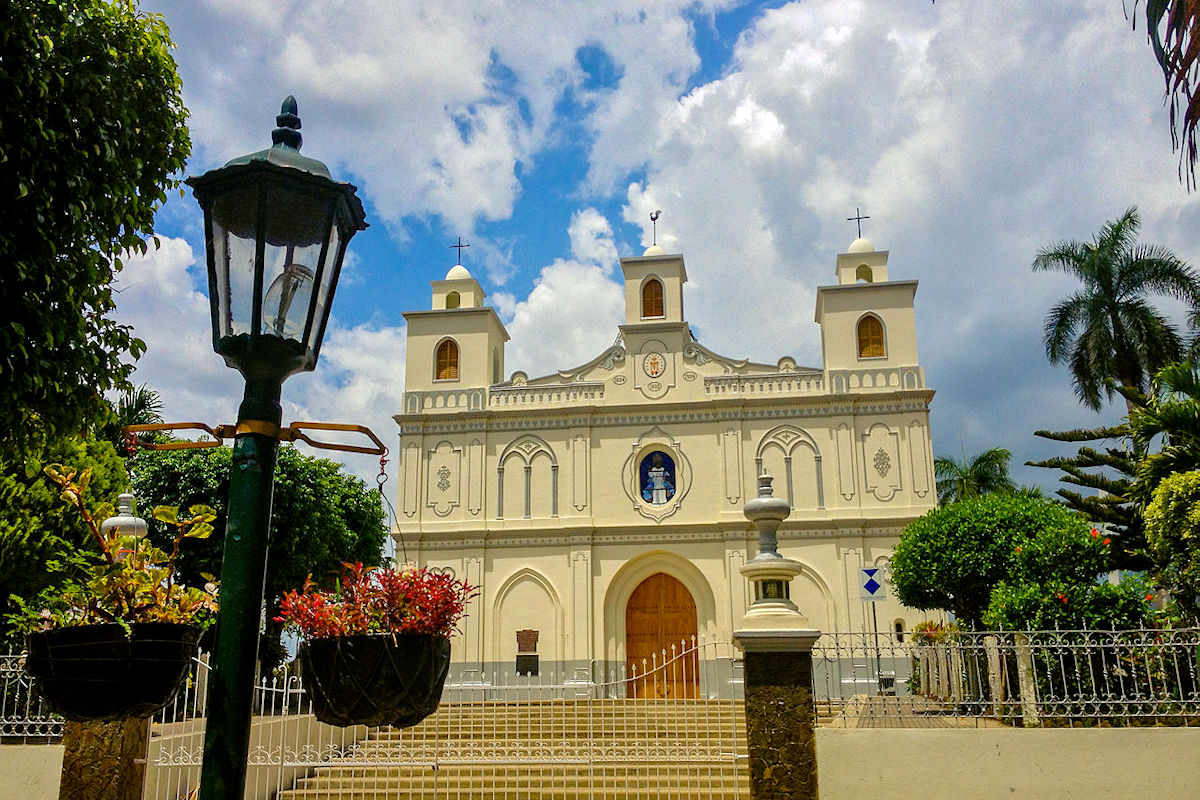
AHUACHAPAN - Villages of El Salvador. Photo by YessicaGuerra19. Wikimedia Commons.
For this and its incredible history, Ahuachapán has become the most important city in the west and the ninth most populous of El Salvador. All its wonders are spread over 244.84 km2; if you want to know them, we present them here.
Data from Ahuachapán
| Country: | El Salvador |
|---|---|
| Department: | Ahuachapán |
| Category: | Villages |
| Surface: | 244,8 km² |
| Elevation: | 799 meters |
| Population: | 129.750 |
What to see and visit in Ahuachapán
The tourist attractions in Ahuachapán are composed of rivers, lagoons, volcanoes, protected natural areas, and an invaluable cultural heritage. Visiting this city is a complete adventure that will take you to know a significant part of the most important wonders of El Salvador.

Starting with the El Espino or Huitzilapan Lagoon, unlike others that we can find in El Salvador, it has murky waters that inspire mysticism. Here you can observe the area’s biodiversity, fishing, swimming, and other things.
If you want to know about other lagoons in the municipality that are just as beautiful, you can visit the Laguna de Morán and the Laguna del Llano. If you want to enjoy the region’s rivers, Agua Caliente, Los Hervideros, Asino, Pueblo Viejo, Tapuapa, or Los Toles are the most visited.
However, the most important of all, because it acts as a natural border between Guatemala and El Salvador, is the Paz River. On the other hand, if you visit the city of Ahuachapán, a mandatory stop is the City of Ausoles.
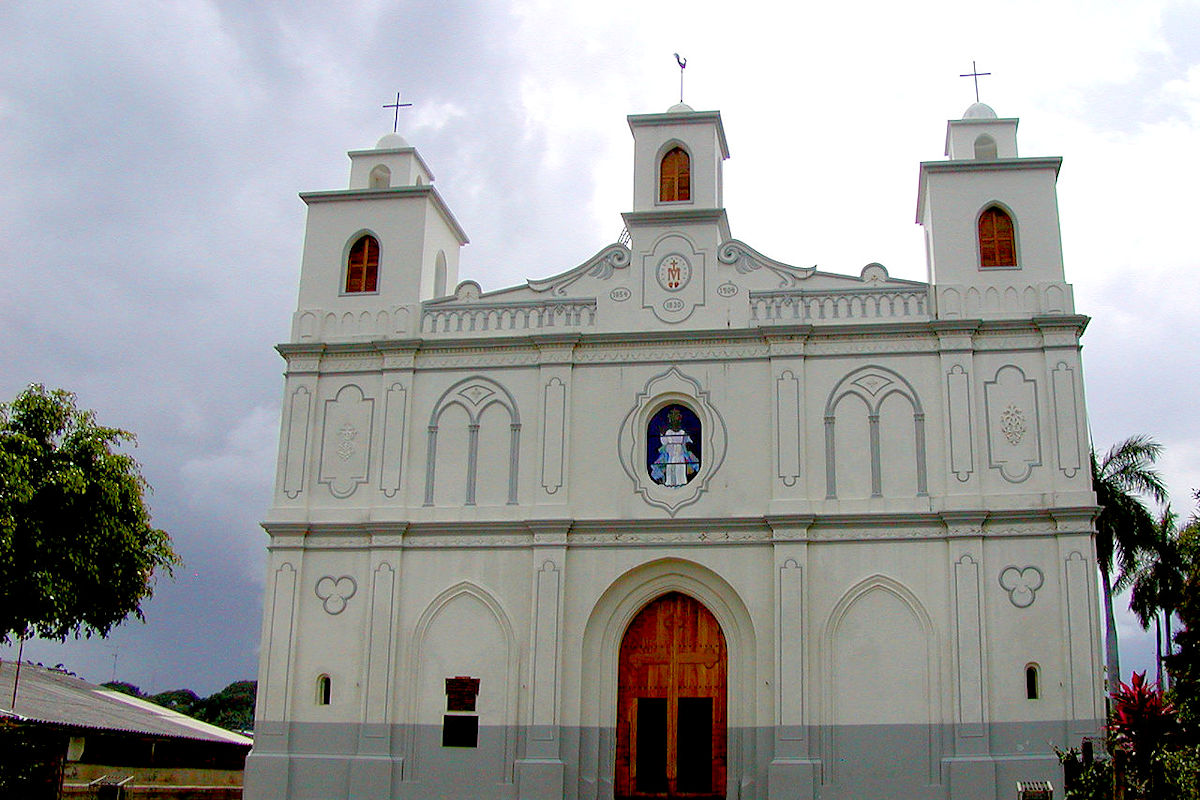
Here you will find the largest ausol or fumarole in Central America, with an area of 20 km2, which finds: El Zapote, El Barreal, La Labor, and El Salitre, to name a few.
Do you want to know more about Ahuachapán, its history and its heritage? The must-see places are the main square, also known as La Concordia Park. Nearby you can find restaurants with traditional menus.
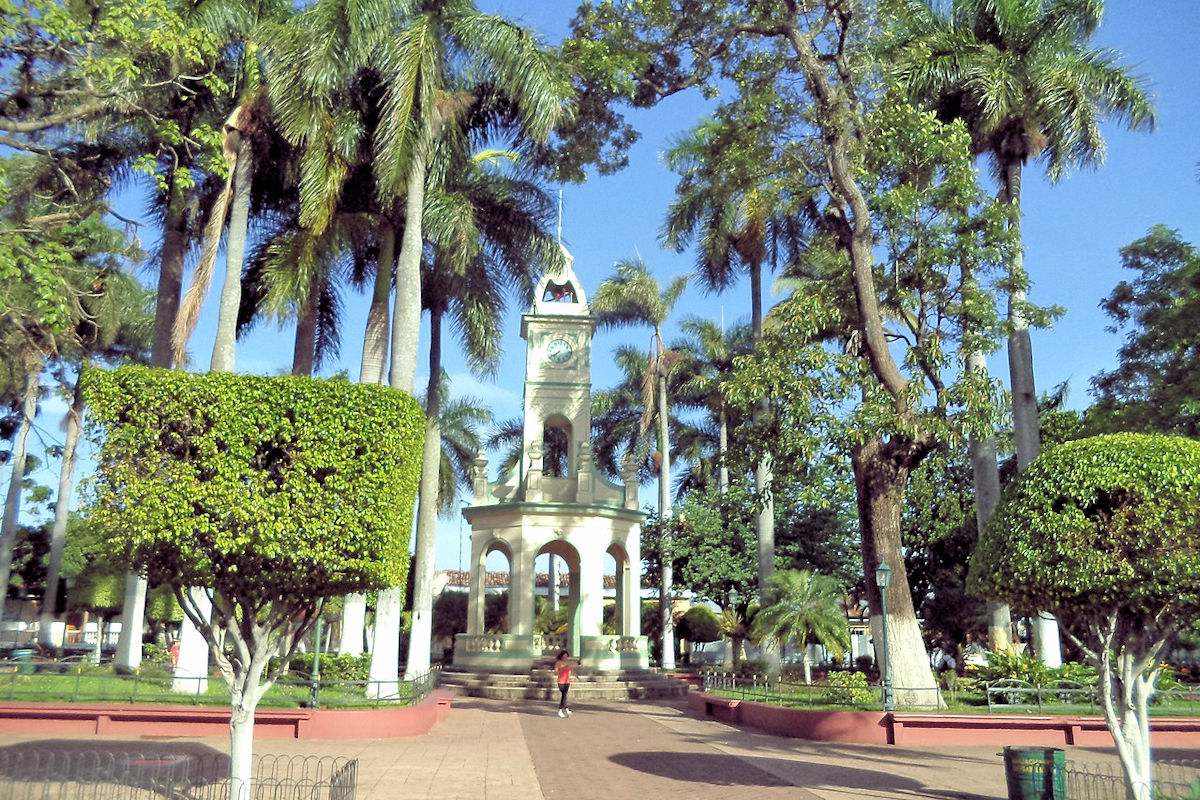
It is the center of town, so you can walk along the Pasaje La Concordia until you reach the Church of the Assumption. This last place has been declared a Cultural Heritage of the municipality and the Department of Ahuachapán.
History and characteristics
According to historical records, Ahuachapán was founded in pre-Columbian times around the V century by the Mayan Poqomam. By the fifteenth century began, the territorial battles were initiated by the Pipil Indians of Izalco.
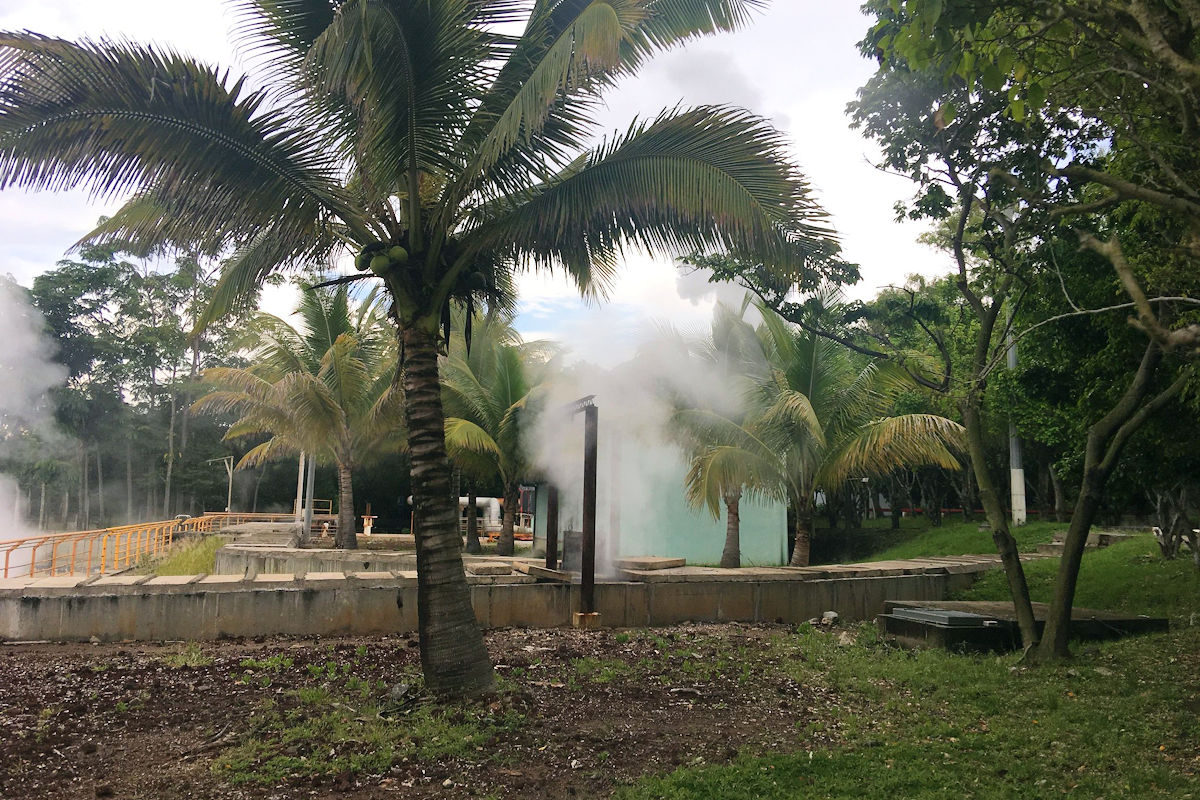
The transculturation generated a new cultural order and traditions that were affected by the arrival of the Spaniards. More than two centuries later, in August 1823, the town received the title of a villa. By 1862 it had officially become a city; in 1869, Ahuachapán was named the department’s capital.
On the other hand, since its origins, it has stood out as a coffee-producing city. It is unique in El Salvador and the world. Likewise, it is a town whose craftsmanship is made from ancestral techniques.
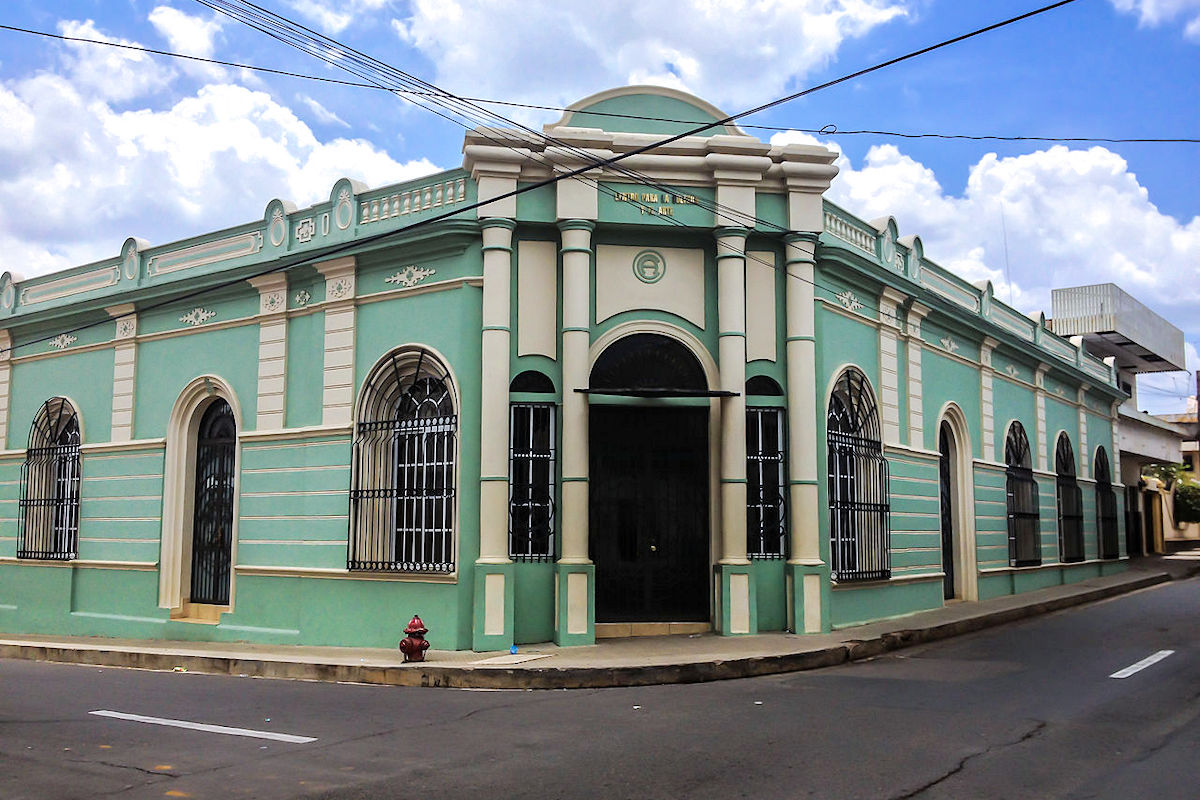
It has a geothermal plant, which provides electricity supply to the entire municipality and department without generating any gas for the environment.
Patron saint festivities and gastronomy
The central patronal feast of the town of Ahuachapán is dedicated to the Dulce Nombre de Jesús and takes place between February 5 and 14. It is preceded by another of great importance for the department. The occasion of the celebration of the birth of the Virgin Mary on September 7.
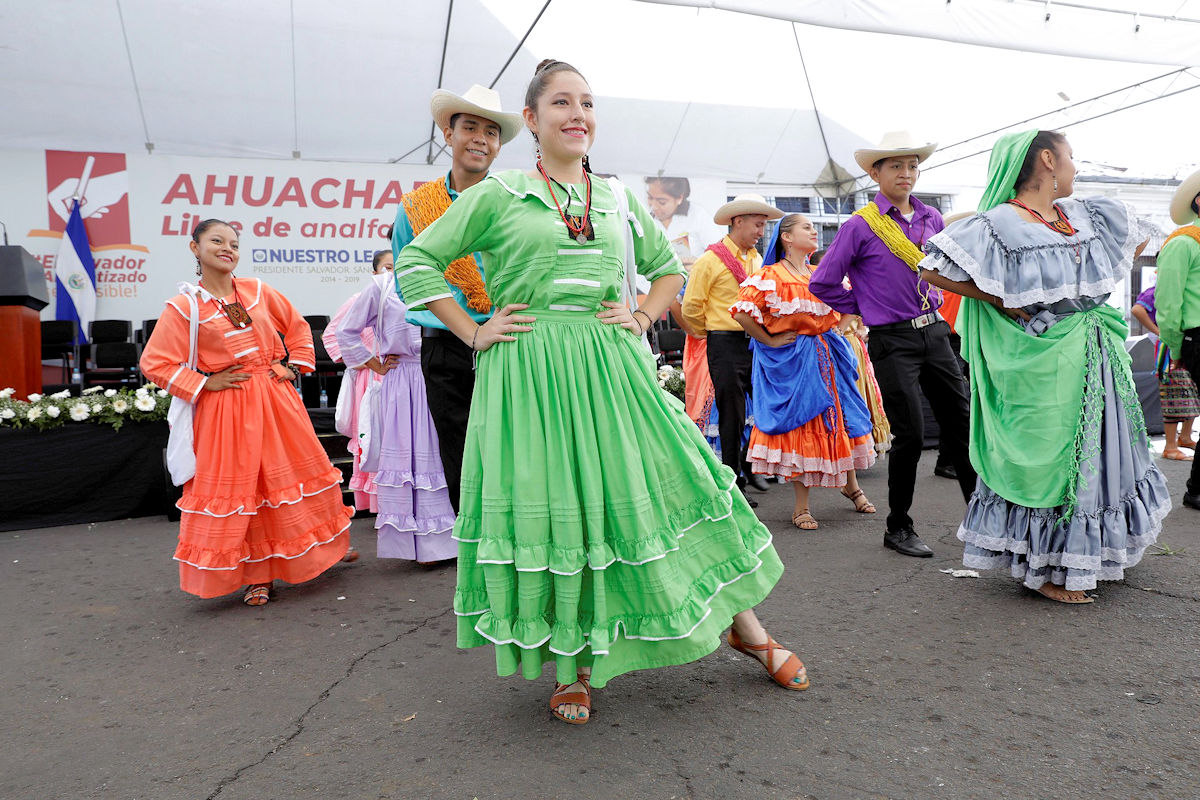
This particular date commemorates the Day of the Lanterns, so all the streets are decorated with these motifs. On the other hand, throughout the year and for the holidays, Ahuachapán traditional dishes and drinks typical of the region are prepared.
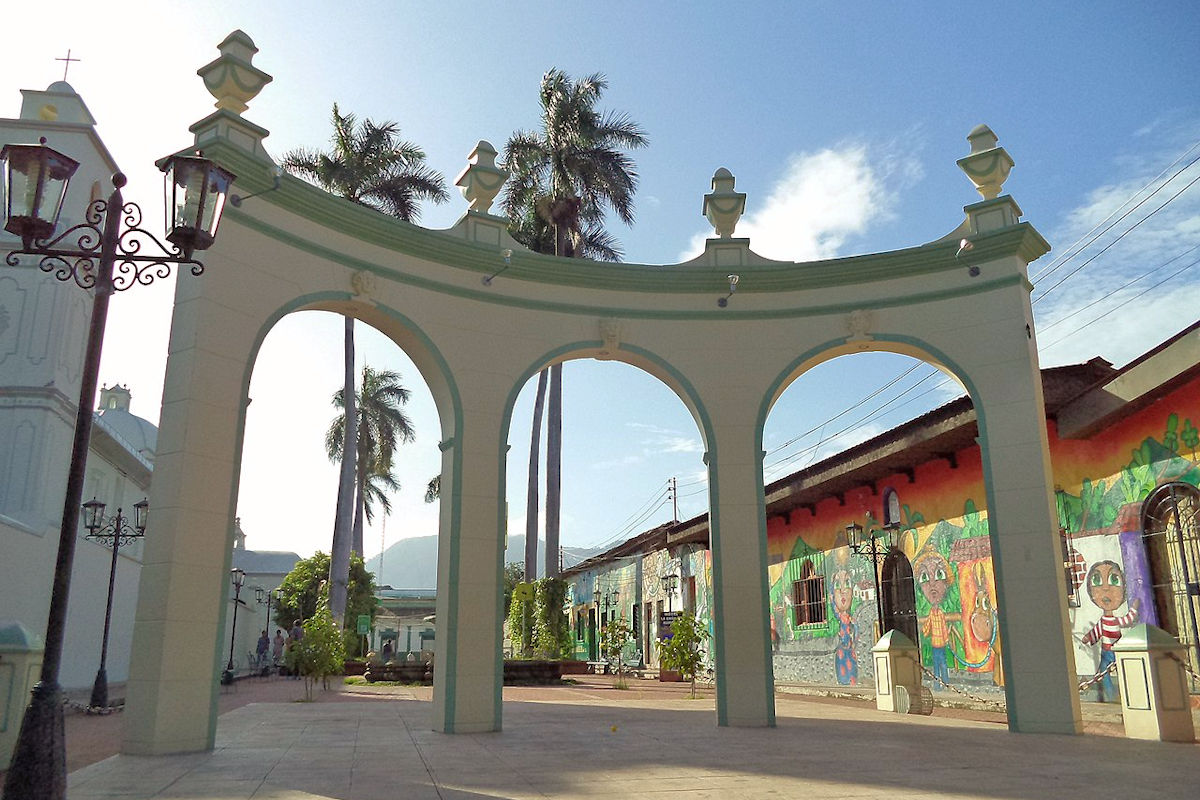
In this sense, in all its gastronomic diversity, we can find:
- Yucca is the essential food in Ahuachapán and is served boiled or fried.
- Pupusas.
- The chilate.
- Plantain empanadas.
- Pineapple atol.
- Pastelitos de masa.
- Chicken tamales.
- Pastel de elote, among others.
Nearby places to visit
After knowing most of the attractions of Ahuachapán, we can not stop inviting you to enjoy the Route of the Flowers of El Salvador. From the Department of Sonsonate to Ahuachapán, you can enjoy native species and beautiful landscapes that you can not miss. You can also visit the Santa Teresa Thermals, where you can enjoy natural thermal pools, nature, and ausoles characteristic of the beautiful city of Ahuachapán.
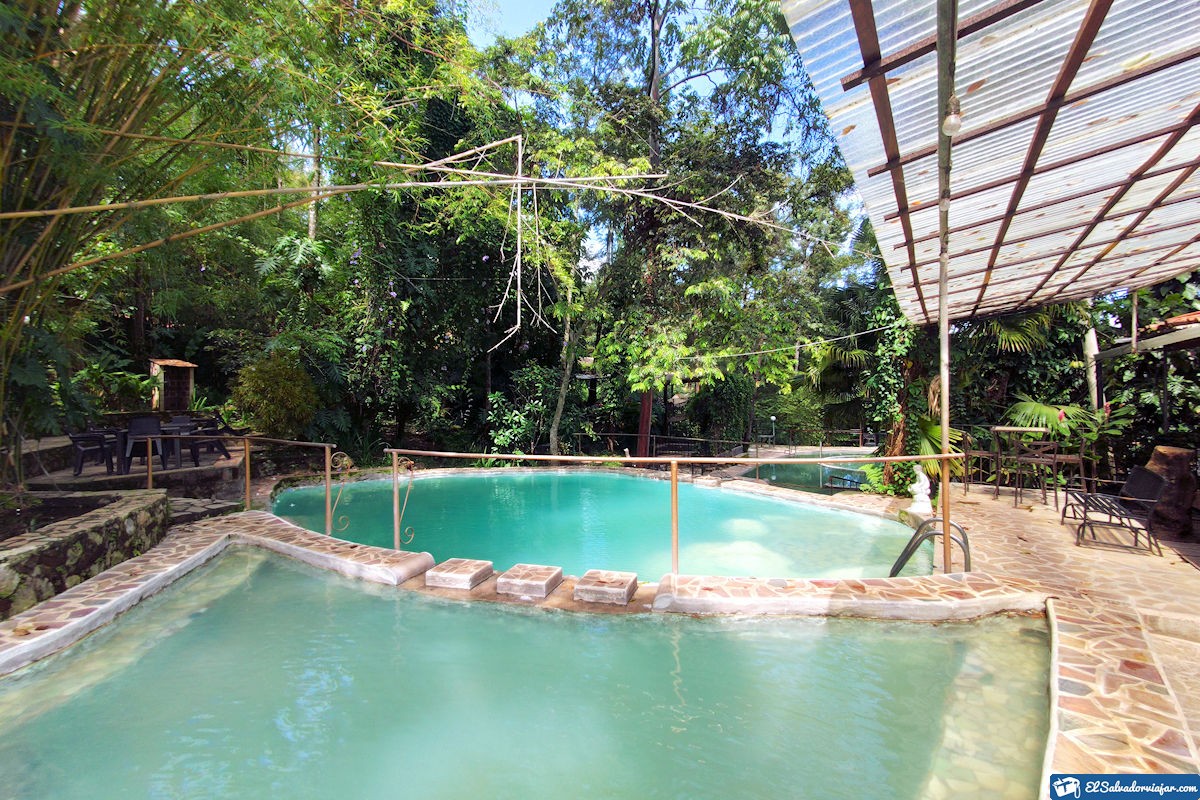
But also, you will have nearby places to visit incredibly indescribable, such as the National Park El Imposible, recognized as a World Heritage Site by Unesco. And while you’re here, a tour of the Laguna de las Ninfas and Laguna Verde will leave you wanting to return.

